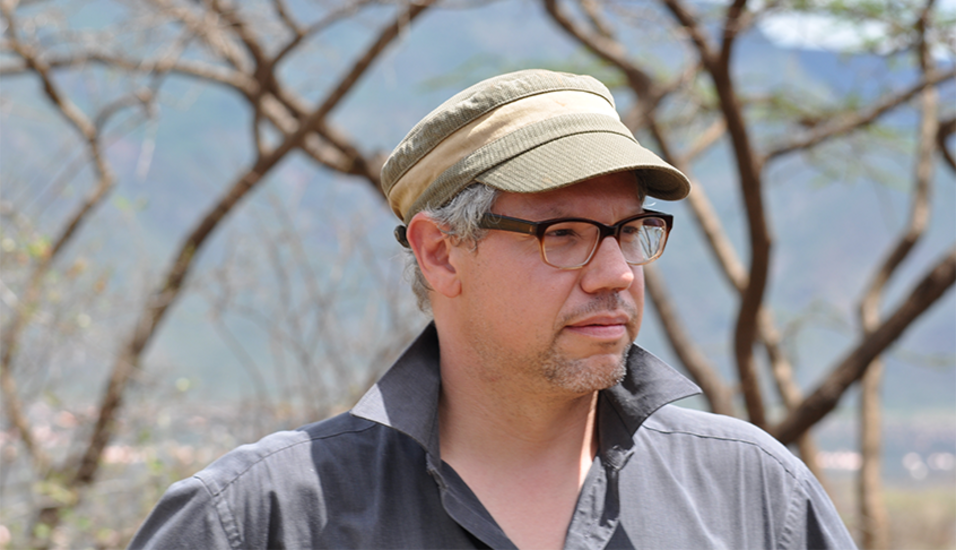What is so fascinating about your research area?
The areas of my research touch on many pressing questions that often do not allow for simple answers, and yet are intimately related to our lives in Europe. For example, the expansion of renewable energies in countries of the Global South, so obviously important to combatting climate change, can simultaneously be viewed as energy colonialism as well as opportunities for local development. Small-scale ethnographic research reveals further perspectives by considering the experiences and situations of people who are directly affected. Multi-layered, comparative, and thorough empirical research provides for critical assessments of such complex situations, making it possible to formulate policy recommendations for action.
Which central message should your students remember?
Stay curious, don't let yourself be tricked by simple explanations, and use university spaces for critical debate and mutual learning.
Why did you decide to do research and teach at our Faculty?
For me, the invitation to Vienna is a great opportunity for exchange and collaboration. I am really looking forward to engaging with students and colleagues.
Which three publications characterise your work?
Naumann C and Greiner C (2016) The translocal villagers. Mining, mobility and stratification in post-apartheid South Africa. Mobilities 12(6): 875-889
Greiner C (2017) Pastoralism and land tenure change in Kenya: The failure of customary institutions. Development and Change 48(1): 78-97
Greiner C, Klagge B and Owino EA (2023) The political ecology of geothermal development: Green sacrifice zones or energy landscapes of value? Energy Research & Social Science 99: 103063
Thank you & welcome to our Faculty!
About the Person
- Clemens Greiner is a social and cultural anthropologist and the academic coordinator of the Global South Studies Center (GSSC) at University of Cologne, Germany. His research interests include political ecology, rural change, energy infrastructure, and translocality. He has done extensive fieldwork in Kenya, Namibia, and South Africa.
Department and host: Department of Geography and Regional Research / Univ.-Prof. Dr. Patrick Sakdapolrak - Course in the winter term 2024: 450406 PS Doing research in the Global South in the 21st Century
- Homepage: https://gssc.uni-koeln.de/en/people/members/greiner-dr-clemens


